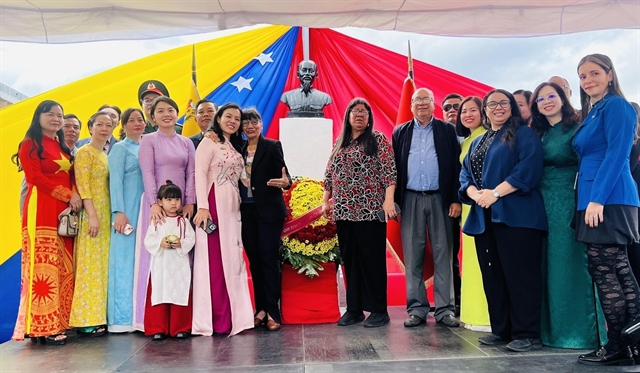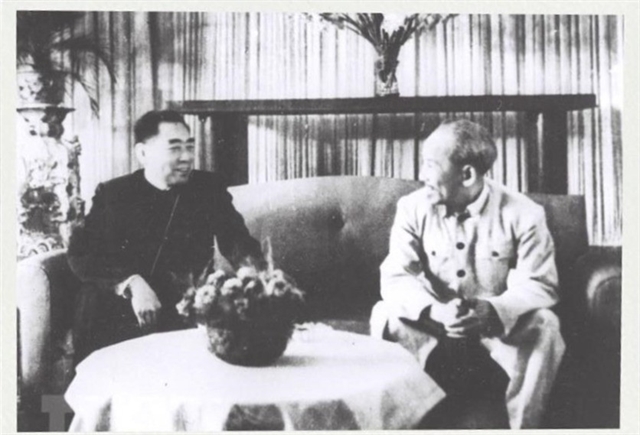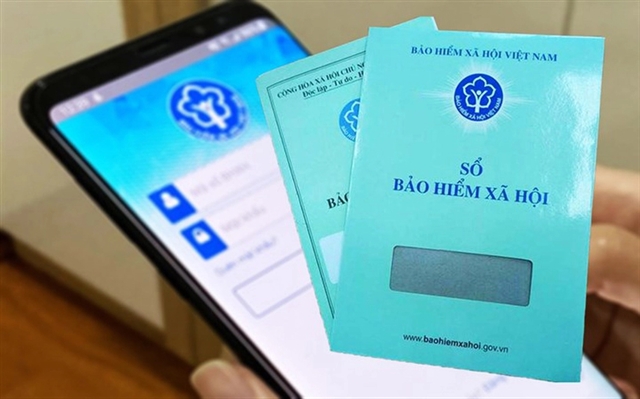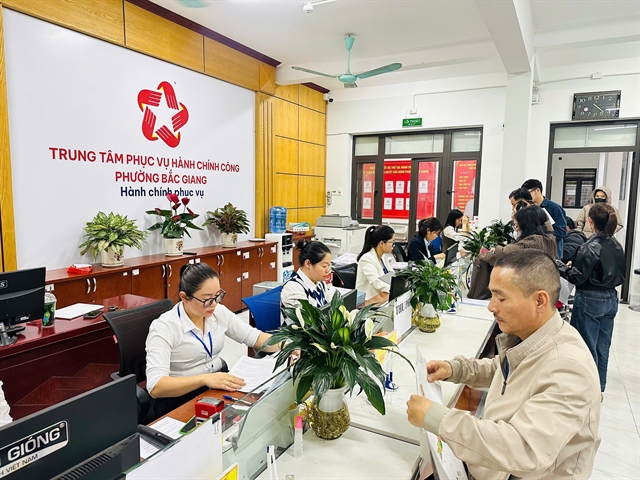 Politics & Law
Politics & Law

 |
| President Hồ Chí Minh received Chinese premier Zhou Enlai in Hà Nội in November 1965. VNA/VNS Photo |
By Lieutenant Colonel Lê Minh Nam*
During the national struggle for liberation, the Party and the State of Việt Nam consistently pursued an independent and autonomous path, while persistently seeking international consensus, support and assistance, especially from the Soviet Union and China, to form a comprehensive force to defeat American imperialist aggression.
Upholding the spirit of international solidarity, China extended support to Việt Nam in many aspects, significantly contributing to the success of the resistance war against the United States.
From the early days of the resistance against US imperialism, the Workers’ Party of Việt Nam (now the Communist Party of Việt Nam), led by President Hồ Chí Minh, defined the Soviet Union and China as a solid support for the liberation of the South and national reunification.
The Party determined that one of the most important tasks to win the resistance war was to maximise support in all aspects from China.
At the 7th Party Central Committee Congress in March 1955, the Party reaffirmed the orientation of 'unceasingly strengthening solidarity and friendship with the Soviet Union, China and other socialist countries'.
Realising this policy from 1956 to 1960, President Hồ Chí Minh many times headed Vietnamese delegations visiting socialist countries, including China.
During these visits, Việt Nam's delegations expressed their wish to further strengthen friendship and cooperation with other countries, particularly the socialist bloc led by the Soviet Union and China.
While implementing a strategy of solidarity, unity and mobilisation of international support, the Vietnamese Party and State consistently maintained a spirit of independence and self-reliance, promoting the nation's strength to the fullest extent.
As the Party stated in a document: "It was necessary to make socialist countries and fraternal parties, first of all the Soviet Union and China, clearly understand our strategic determination and ability to win, as well as the application of our strategy. This would increase support for the three aspects of our military, political and diplomatic struggle, actively helping us materially and coordinating well with us in the diplomatic struggle."
Việt Nam continues to value China's role in international relationships and highly appreciates the long-standing traditional friendship between the two peoples. China’s role in the war against American imperialism is also highly valued by the people in the three countries of the former Indochina.
During the Vietnamese people's struggle against American aggression, China's aid to Việt Nam consisted mainly of infantry weapons, military uniforms, military supplies, food, medicine, fuel, means of transport, military vehicles, artillery and artillery shells.
From 1955 to 1975, China offered nearly 1.6 million tonnes in total military aid, including various types of weaponry such as infantry rifles, anti-tank guns, mortars of all types, rocket launchers, field artillery pieces, anti-aircraft guns, missiles and vehicles and machinery.
Beyond military aid, China also supported and helped Việt Nam improve its potential in other fields through non-repayable grants and long-term loans totalling 2.87 trillion rubles. It also provided major imports for Việt Nam, including steel (40 per cent of the country's imports), liquid fuels (34 per cent), fertilisers (35 per cent), tractors (10 per cent), food grains (62 per cent), cotton and cotton yarn (87 per cent), and most coal and railway transport vehicles.
From 1954 to 1964, China sent nearly 6,000 experts to Việt Nam in many fields.
Between June 1965 and September 1966, at Việt Nam's request, Chinese engineering troops were sent to help build defensive works on 13 islands and eight coastal locations.
Between 1965 and 1968, China sent 346 experts and 310,000 soldiers to Việt Nam, organised in anti-aircraft, construction and railway/road units. Chinese forces participated in 1,659 combat engagements, shooting down 126 US aircraft (Chinese records indicate 1,068), with 771 personnel killed and 1,675 wounded.
At Việt Nam’s request, in mid-1972, China also sent personnel and equipment to help clear mines and explosives from rivers and coastal areas. They provided support in training officers and personnel, as well as in logistics, transportation and construction, which helped ensure the security of supply lines.
With the help of Chinese troops, transportation routes were secured, and the railway system throughout the North was renovated, contributing to consolidating and enhancing the North's potential to support the Southern front to fight the US.
Along with receiving aid and assistance from China, the Party directed the army and people of the whole country to promote the spirit of self-reliance and resilience, gradually transforming international support into great internal strength. This helped bring the resistance war against the US forward steadily, ultimately achieving complete victory in the historic Spring of 1975.
With an independent and united resistance combining the strength of the nation and the strength of the times, the Vietnamese people's struggle for national liberation won great support and assistance from revolutionary and other progressive forces in the world, especially from the Soviet Union and China.
During the fierce days of the resistance war against the US, Việt Nam received both spiritual and material help from the Party, Government and people of China, which contributed to the success of the war effort and helped the Vietnamese people quickly reach a decisive victory. VNS
*Lieutenant Colonel Lê Minh Nam holds a Masters degree and currently works at the Institute for Strategic and Military History of Việt Nam. This article was originally written for vietnamnet.vn.




